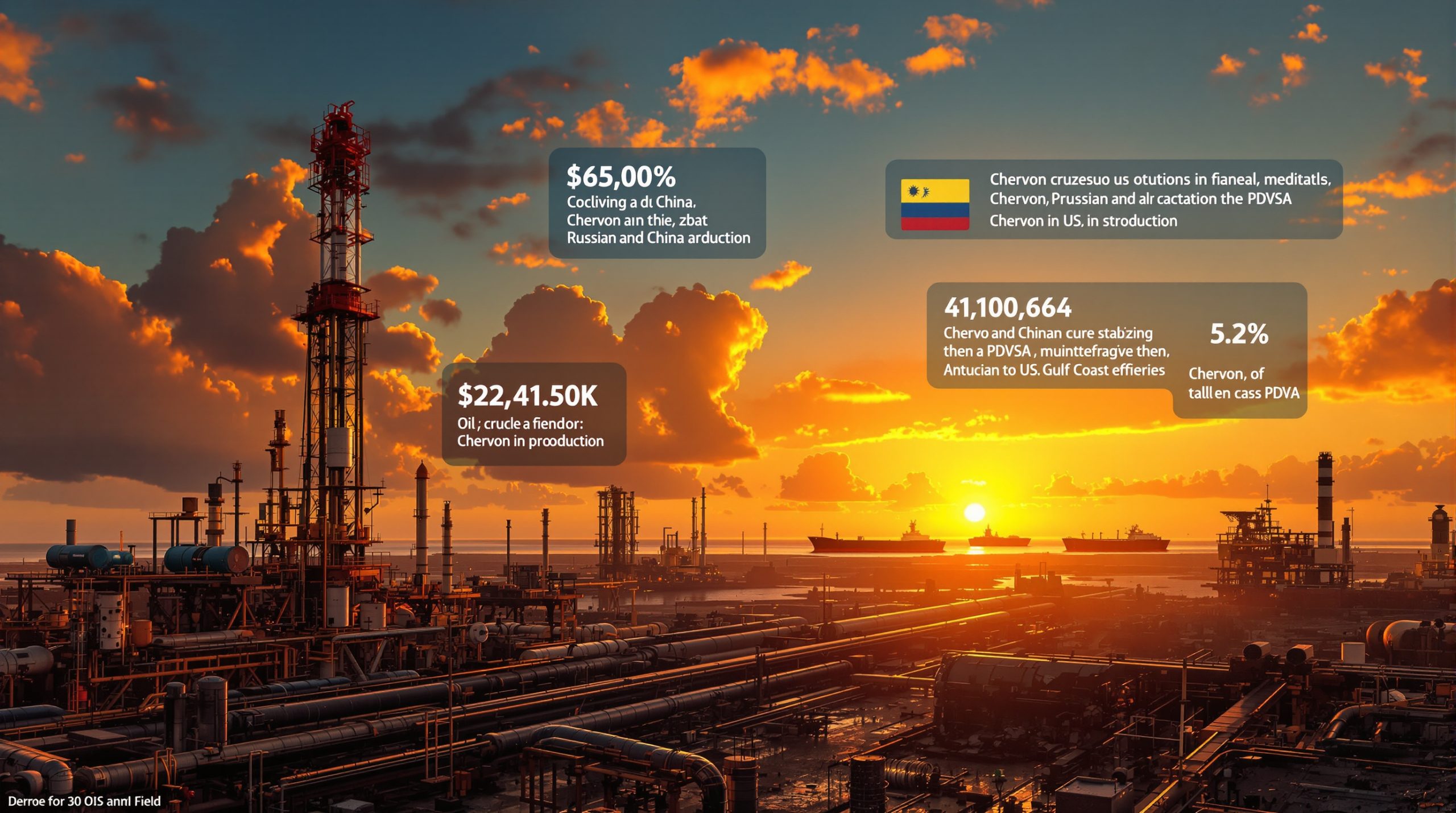What is the Yangshan Premium and Why Does it Matter?
The Yangshan premium represents a critical benchmark in China's copper market that serves as a barometer for measuring the domestic appetite for copper imports. Named after the Yangshan Free Trade Port Area, a major Shanghai trade terminal, this premium acts as a key indicator for traders, analysts, and investors worldwide who monitor China's metal consumption patterns. As the world's largest copper consumer, accounting for more than 50% of global demand, China's buying patterns significantly influence international copper price dynamics and market sentiment.
The premium fundamentally measures the additional amount Chinese buyers are willing to pay above the London Metal Exchange (LME) benchmark price to secure physical copper deliveries. This price differential reflects real-time supply-demand dynamics within China's domestic market and signals when demand is outpacing available supply or vice versa.
Definition and Significance of the Yangshan Premium
The Yangshan premium functions as a gauge in China's copper market that reveals the urgency and willingness of Chinese buyers to secure physical copper above global benchmark prices. When premiums rise sharply, as seen in the recent surge to $93 per ton in April 2025, it indicates tightening market conditions where buyers are scrambling to secure material. Historically, premiums exceeding $80 per ton have signaled acute supply-demand imbalances in China's copper market.
According to analysts at Shanghai Metals Market (SMM), the premium reflects "urgency among Chinese buyers to secure physical copper amid tightening import channels." This urgency often precedes broader price movements in global copper markets, making the Yangshan premium a leading indicator for commodity traders worldwide.
How the Premium is Calculated
The Yangshan premium is meticulously calculated as the differential between LME copper prices and the delivered prices at Yangshan Port, excluding tariffs. This measurement, expressed in dollars per metric ton, is tracked and published by research organizations like Shanghai Metals Market (SMM), which conducts weekly surveys among traders to ensure the benchmark accurately reflects real-time market conditions.
The calculation methodology involves gathering price quotes from numerous import traders and averaging them to establish a consensus premium figure. This systematic approach ensures the premium accurately captures the prevailing market sentiment rather than being influenced by outlier transactions or speculative positions.
When analyzing historical premium data, traders note that seasonal patterns often emerge, with premiums typically strengthening in the fourth quarter ahead of the Chinese New Year manufacturing push and weakening during summer manufacturing lulls. However, these patterns can be overwhelmed by structural market shifts, as evidenced by the recent dramatic premium movements.
Recent Surge in China's Copper Market Gauge
The Yangshan premium has witnessed a remarkable ascent, reaching $93 per ton as of April 29, 2025. This represents the highest level recorded since December 2023, marking a significant 16-month high that has caught the attention of metal traders globally. What makes this surge particularly noteworthy is the speed of the increase – rising from a February 2025 low of just $35 per ton, representing a dramatic 165% increase in barely two months.
This meteoric rise is occurring against a backdrop of falling Chinese copper inventories, which have dropped by 22% year-to-date in 2025. The inventory decline has exacerbated market scarcity, intensifying competition among buyers to secure available copper shipments entering Chinese ports.
Record-Breaking Premium Levels
The current premium levels haven't appeared in isolation but rather represent a continuation of a volatile pattern that began during the post-pandemic recovery period. While the premium has previously reached higher levels – peaking at around $150 per ton during the 2020 supply chain crisis – the current surge is notable for occurring during what was expected to be a period of stable copper supplies globally.
Bloomberg analysts attribute this surge to "speculative stockpiling ahead of anticipated infrastructure stimulus" as China continues to implement economic support measures aimed at revitalizing growth in key sectors. This speculative positioning is visible in the copper futures market, where open interest surged 18% in April 2025 alone.
The technical relationship between the premium and physical market tightness is further evidenced by Shanghai Futures Exchange (SHFE) copper inventories, which plummeted to approximately 30,000 tons in April 2025. These declining inventory levels create a feedback loop that further drives premium increases.
Market Dynamics Behind the Surge
The surge reflects a complex interplay of factors beyond simple supply-demand economics. Chinese buyers are actively competing for available copper cathodes, indicating potential supply constraints in the physical market that aren't yet fully reflected in global benchmark prices.
This disconnect between global copper prices and local Chinese market conditions creates arbitrage opportunities for sophisticated traders. When the Yangshan premium exceeds $80 per ton, import channels become significantly more profitable, incentivizing traders to redirect material to Chinese ports. This arbitrage mechanism eventually helps to normalize premiums, though the adjustment period can last weeks or months depending on logistical constraints.
A similar premium spike in 2023 preceded a 15% rally in LME copper prices over the subsequent three months, highlighting how China's economic stimulus impact can eventually influence global pricing. Traders are closely monitoring whether the current premium surge will trigger a comparable global price response.
What's Driving Chinese Copper Demand?
China's copper consumption continues to be driven by a multifaceted combination of structural and cyclical factors. Understanding these drivers provides crucial context for interpreting the recent Yangshan premium surge and forecasting future market movements.
Economic Factors
China's economic planning has prioritized infrastructure development as a key growth pillar, with massive investments flowing into transportation networks, urban development, and utilities upgrades. The State Grid Corporation's $90 billion grid upgrade initiative in 2024 alone boosted copper demand by approximately 1.2 million tons, illustrating how government-directed infrastructure spending translates directly into metal consumption.
The manufacturing sector has shown encouraging signs of recovery, with the Manufacturing Purchasing Managers' Index (PMI) rebounding to 52.1 in March 2025, firmly in expansion territory. This manufacturing revival encompasses both traditional industries like construction and emerging sectors like electric vehicles and renewable energy, all of which are intensive copper consumers.
China's energy transition agenda represents perhaps the most significant long-term driver of copper demand growth. According to BloombergNEF research, China's green energy projects will require approximately 6.5 million tons of copper annually by 2030. As a CRU Group metals analyst succinctly stated, "Copper is the backbone of China's energy transition." This structural shift is particularly impactful because renewable infrastructure uses approximately four times more copper than conventional fossil fuel systems.
Supply Chain Considerations
The recent premium surge also reflects several supply chain complications affecting copper availability in China. Port congestion at Yangshan and other major terminals has extended delivery timelines, prompting buyers to pay higher premiums to secure prompt shipments. This logistical bottleneck has particularly affected copper concentrate shipments destined for Chinese smelters.
Changes in domestic production capacity have complicated the supply picture further. While China has expanded its copper smelting trends significantly, the country remains dependent on imported copper concentrates due to limited domestic mining. Any disruptions to these imports – whether from mine production issues or shipping constraints – can rapidly tighten the local market.
Market participants have also noted the impact of global mining disruptions on Chinese supply. Production challenges in major copper-producing nations like Chile, Peru, and the Democratic Republic of Congo have tightened global concentrate availability, forcing Chinese buyers to compete more aggressively for available shipments.
The patterns of inventory restocking after previous drawdowns have also influenced recent premium movements. Many Chinese fabricators and end-users depleted their inventories during the economic slowdown in early 2024, and are now simultaneously replenishing stocks, creating a temporary demand surge that has contributed to premium elevation.
Historical Context of the Yangshan Premium
Understanding the historical behavior of the Yangshan premium provides valuable perspective for interpreting current market conditions and anticipating future developments. The premium has functioned as a reliable indicator of Chinese copper market dynamics since its formal tracking began in the early 2010s.
Premium Fluctuations as Market Indicators
Historical data shows the Yangshan premium averaged approximately $45 per ton from 2015 to 2020, providing a baseline against which current levels can be measured. However, this average masks significant volatility during market disruptions, such as the spike to $150 per ton during the 2020 supply chain crisis when COVID-related shipping constraints severely limited Chinese imports.
Wood Mackenzie analysts have observed that "past premiums above $100 per ton have preceded global price rallies," highlighting the premium's value as a leading indicator for broader copper market movements. This predictive relationship stems from China's outsized influence on global copper demand, with Chinese consumption patterns eventually influencing pricing worldwide.
The premium's volatility, measured by standard deviation, has increased by approximately 40% since 2020, reflecting heightened geopolitical risks and supply chain fragilities in the post-pandemic economy. This increased volatility challenges market participants to distinguish between temporary premium spikes and sustainable shifts in market fundamentals.
Case Studies of Previous Premium Spikes
Examining specific historical episodes provides instructive parallels to current market conditions. During the U.S.-China trade tensions of 2018, premiums plummeted to just $10 per ton as tariffs disrupted normal import patterns and created uncertainty among Chinese buyers. This illustrates how policy decisions can dramatically affect premium levels.
Conversely, the post-pandemic recovery period of 2021 saw premiums surge to approximately $120 per ton, driven by the manufacturing rebound and stimulus-fueled construction activity. This period demonstrated how quickly premiums can escalate when multiple demand drivers align simultaneously.
The premium spike in late 2023, which reached similar levels to today's premium, proved relatively short-lived as new copper shipments were diverted to China in response to the favorable arbitrage. This historical precedent suggests today's elevated premiums may also attract sufficient additional supply to eventually normalize market conditions, though timing remains uncertain.
How Does the Yangshan Premium Affect Global Copper Markets?
The influence of the Yangshan premium extends far beyond China's borders, affecting copper pricing, production decisions, and trade flows throughout the global market. Understanding these transmission mechanisms provides insight into how current premium levels might impact international copper dynamics.
Price Transmission Mechanisms
The relationship between the Yangshan premium and global copper benchmark prices is well-established but not instantaneous. Historical data indicates that a $10 per ton rise in Yangshan premiums typically correlates with approximately $50 per ton in LME price increases within a month as market participants adjust to the signal of Chinese demand strength.
This price relationship creates significant arbitrage opportunities between Chinese and international markets. When the premium exceeds $80 per ton, the import arbitrage window opens decisively, making it profitable for traders to redirect copper shipments to China. This arbitrage mechanism helps explain why Chilean miners redirected approximately 15% of their output to China in Q1 2025, capitalizing on the premium advantage.
The premium also influences producer pricing strategies, particularly for miners with flexible sales contracts. When premiums rise significantly, producers often renegotiate terms with customers or redirect shipments to capture the higher realized prices available in the Chinese market.
Regional Market Interconnections
The ripple effects of Chinese demand signals extend to other Asian copper markets, creating a regional premium hierarchy. Traditionally, South Korean and Japanese premiums trade at discounts to the Yangshan benchmark, but these differentials can narrow or widen depending on relative demand strength across Asian economies.
For major copper-producing nations, particularly Chile and Peru, which jointly account for approximately 40% of global copper market 2025 output, Chinese premium movements have significant economic implications. The 2022 experience, when a sustained $100 per ton premium triggered a 20% surge in African copper exports to China, illustrates how quickly supply flows can adjust to premium incentives.
The premium also affects shipping rates for vessels capable of transporting copper concentrates and refined metal, creating secondary impacts in maritime freight markets. When premiums rise, shipping rates for routes connecting copper-producing regions to Chinese ports typically increase as traders compete for cargo space.
These interconnections mean that sustained Yangshan premium elevation eventually rebalances global markets through a combination of price adjustments and physical metal movements, though these adjustments can take weeks or months to fully materialize.
Investment Implications of Rising Copper Premiums
For investors across various sectors – from commodity trading to mining equities – the Yangshan premium provides actionable signals about market direction and potential opportunities. Interpreting these signals requires understanding both the direct and indirect investment implications of premium movements.
Signals for Commodity Investors
For commodity investors focused on copper futures and options, premium trends offer valuable forward-looking insights. The recent premium surge signals potential tightness in physical copper markets that isn't yet fully reflected in futures pricing, potentially creating opportunities for long positions.
The empirical relationship between premium movements and equity performance is particularly notable. Historical analysis indicates that a 1% increase in Yangshan premiums correlates with approximately a 0.7% rise in mining ETF valuations, reflecting investors' recognition of improved pricing power for producers when Chinese demand strengthens.
This relationship helps explain why mining companies like Freeport-McMoRan have seen share prices rise approximately 12% year-to-date amid premium volatility. Investors view rising premiums as a leading indicator of stronger realized prices for producers, potentially translating into improved profit margins and cash flow generation.
Chinese investors have also created new vehicles to gain exposure to domestic copper price movements, as evidenced by the 2024 launch of China's copper ETF, which attracted approximately $2 billion in inflows. Many of these investment decisions explicitly reference Yangshan premium trends in their strategic rationale.
Risk Assessment Framework
While rising premiums generally signal favorable market conditions, prudent investors must also consider potential risks and vulnerabilities. Goldman Sachs advises clients to "monitor SHFE inventories as a leading indicator" of premium sustainability, recognizing that rapidly changing inventory levels can presage premium reversals.
The sustainability of current demand levels remains uncertain, particularly given China's ongoing property sector challenges and potential policy shifts. If infrastructure stimulus proves weaker than anticipated or implementation is delayed, premium levels could correct rapidly.
Supply-side responses also warrant careful monitoring. Major producers have demonstrated their ability to redirect shipments to capture premium advantages, potentially undermining the premium's sustainability through increased supply to the Chinese market.
Macroeconomic factors that could affect future premium levels include Chinese monetary policy, yuan exchange rate movements, and global interest rate trajectories. These factors influence both physical demand and the financial conditions for maintaining copper inventories, thereby affecting premium levels.
FAQ: Understanding China's Copper Market Dynamics
What causes the Yangshan premium to increase?
The Yangshan premium typically rises when Chinese copper demand outpaces available import volumes, creating competition among buyers for limited supplies. This can result from several factors: actual physical shortages in the Chinese market, logistical bottlenecks affecting copper shipments into China, stronger-than-expected domestic demand from manufacturing or construction sectors, or speculative positioning by market participants anticipating future price increases.
The recent premium surge to $93 per ton reflects a combination of these factors, with particular emphasis on declining domestic inventories (down 22% year-to-date) and expectations of increased infrastructure spending. The Shanghai Futures Exchange inventory drop to approximately 30,000 tons in April 2025 created a physical market tightness that directly contributed to premium escalation.
How does the premium affect copper producers?
For copper producers worldwide, the Yangshan premium significantly influences operational and strategic decision-making. When premiums rise substantially, producers often prioritize shipments to Chinese customers to capture the price advantage, potentially redirecting volumes that would otherwise go to alternative markets.
This premium-driven allocation affects contract negotiations with Chinese buyers, who must offer competitive terms to secure supply during periods of premium strength. Historical data shows that Chilean miners redirected approximately 15% of their production to China during Q1 2025 in response to favorable premiums.
The premium also impacts producers' revenue projections and investment planning. Sustained premium strength signals robust Chinese demand, potentially justifying new mining capacity investments or expansion of existing operations. However, producers must carefully evaluate whether premium levels reflect structural demand growth or temporary market tightness.
Is the current premium level sustainable?
Historical precedents suggest that premiums above $80 per ton typically trigger supply responses that eventually moderate price differentials. The 2023 premium spike, which reached similar levels to today's premium, lasted approximately four months before additional supply entered the Chinese market and normalized conditions.
Supply-side response capabilities are substantial, with major trading companies able to redirect copper shipments to China when arbitrage opportunities exceed certain thresholds. SMM forecasts premiums to stabilize in the $70-80 per ton range in H2 2025 as supply adjusts to current incentives.
Demand sustainability factors include the pace of China's infrastructure development, manufacturing sector health, and energy transition implementation. The Chinese government's commitment to grid modernization and renewable energy deployment suggests structural support for copper demand, though cyclical factors may cause fluctuations in premium levels.
How does the Yangshan premium compare to other regional premiums?
The Yangshan premium typically exceeds other regional benchmarks, reflecting China's position as the world's largest copper consumer. European premiums, centered on Rotterdam, and North American premiums, focused on the U.S. Midwest, generally trade at discounts to the Yangshan level during periods of strong Chinese demand.
This premium hierarchy creates arbitrage opportunities between regional markets, with traders often redirecting shipments from lower-premium regions to China when the differential exceeds shipping and transaction costs.
Want to Spot the Next Major Mineral Discovery Before the Market?
Discover how Australia's most significant mineral findings have generated substantial returns by exploring Discovery Alert's dedicated discoveries page, where the proprietary Discovery IQ model transforms complex ASX announcements into actionable investment insights. Begin your 30-day free trial today at https://discoveryalert.com.au/discoveries/ and position yourself ahead of the market.




